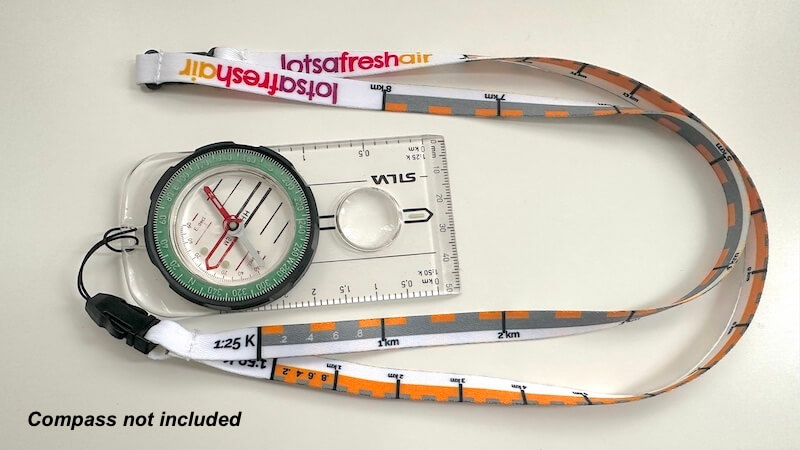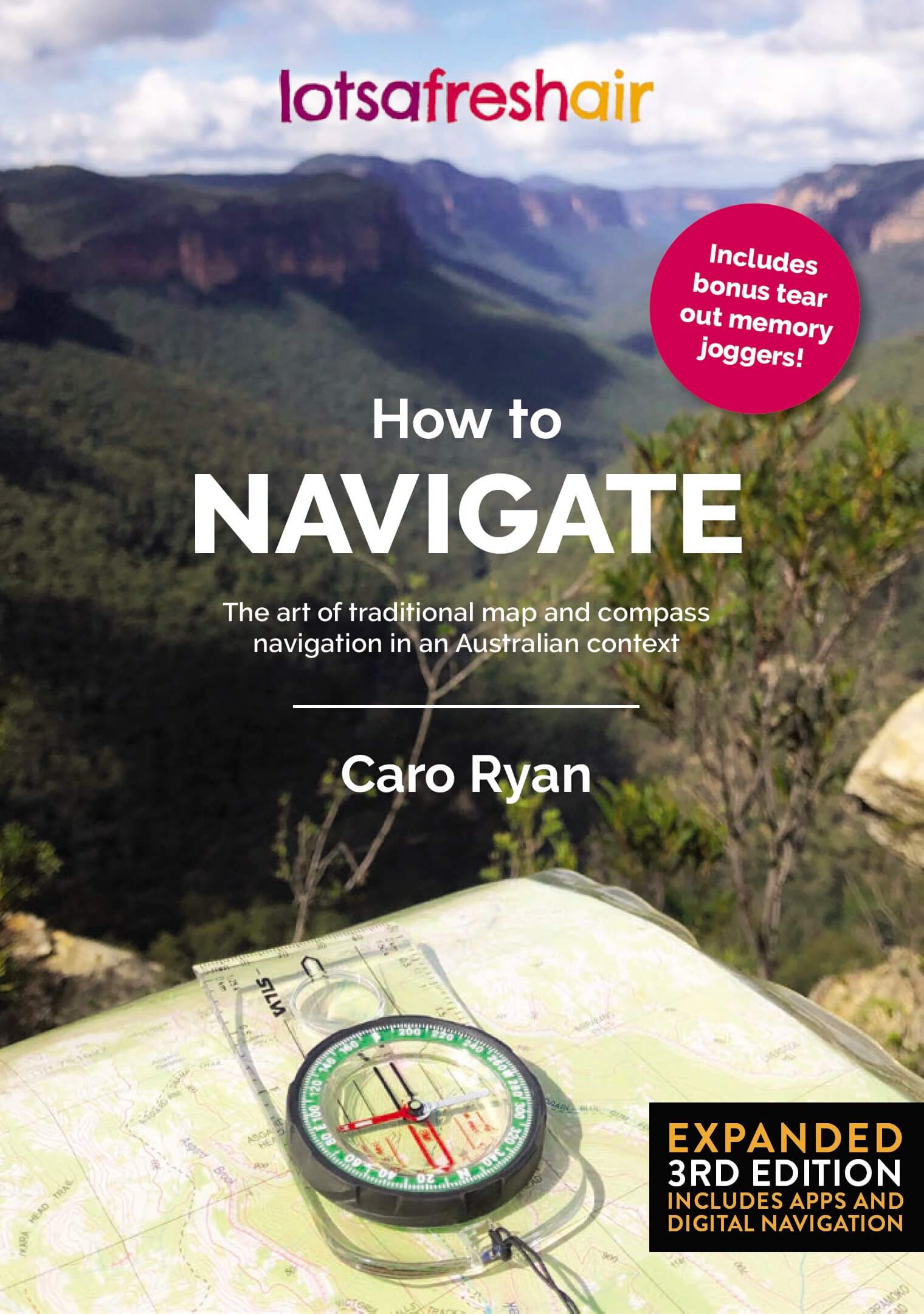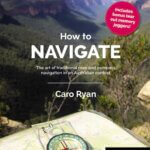- Sorry, this product cannot be purchased.
How to Navigate (3rd edition) 2025
$39.95
The art of traditional map and compass navigation in an Australian context
As used by the NSW State Emergency Service, NSW Police Rescue Squad, Volunteer Rescue Association and TAFE NSW.A straight-talking, modern approach to map reading and compass navigation, along with clear explanations of how to really navigate in the Aussie bush through deep awareness and observations of the world around us.
117 pages of photographs, diagrams, stories and how-to's, told from the perspective of a passionate bushwalker, involved in search and rescue.
While GPS devices and apps have increased in popularity over the past few years, the importance of the traditional skills of how to read a map, use a compass and navigate in the bush, hasn’t changed.
Learning to read map to ground and interpret the landscape, walking with the land - not against it, helps deepen our understanding of the world around us and our connection with it.
How to Navigate is suitable for novice navigators getting started, through to experienced bushies who want to brush up on their skills.
3rd Edition (2025)
The latest update has undergone a complete revision, including a new chapter on digital navigation with apps and sections on basic use of sun and stars, night navigation and insights into First Nations approaches to navigation.There are new maps, illustrations, photographs, explainers, tips, memory joggers, with over 13 additional pages.
The update also features QR code links for those seeking further explanations or to dig deeper into the content including video.
For full details of what's covered, check out the Table of Contents in the image gallery.
Book Reviews
"I've spent my life and have been on many expeditions where I have had to rely on a map and compass. Caro's book brings a fresh approach, breaking down old-fashioned jargon and making learning how to navigate with a map and compass, easy." Dick Smith (Adventurer and philanthropist)

Shipping & Bulk Orders
Shipping & handling time: 5-7 business days
Shipping location: This product only ships within Australia
SHIPPING UPDATE - I AM CURRENTLY TRAVELLING FOR WORK, SO THERE MAY BE A SHORT DELAY OF AN EXTRA FEW DAYS IN ORDERS PLACED 30 OCT - 4 NOV. YOUR ORDER WILL NAVIGATE ITS WAY TO YOU ASAP AFTER THAT. :)
Bulk Discount: 10% for 5 or more. Get in touch to arrange discount and shipping for quantities over 5 or wholesale pricing for retailers.
Book + Lanyard deal
Pay only $5 for the scale ruler lanyard when purchased in conjunction with the book. Price of the lanyard will drop if you've already added the book to your cart. Then simply add the lanyard to your cart and they will ship together.

In stock
/5
Total reviews
|
|
Persons recommended this product
Anonymous
Shopper
check_circle Verified
Shop owner replied
Was this helpful
Anonymous
Shopper
check_circle Verified
Shop owner replied
Was this helpful
There are no reviews yet.
Be the first to review “ ”
Thanks for your review!
Your feedback helps us improve our service.



















